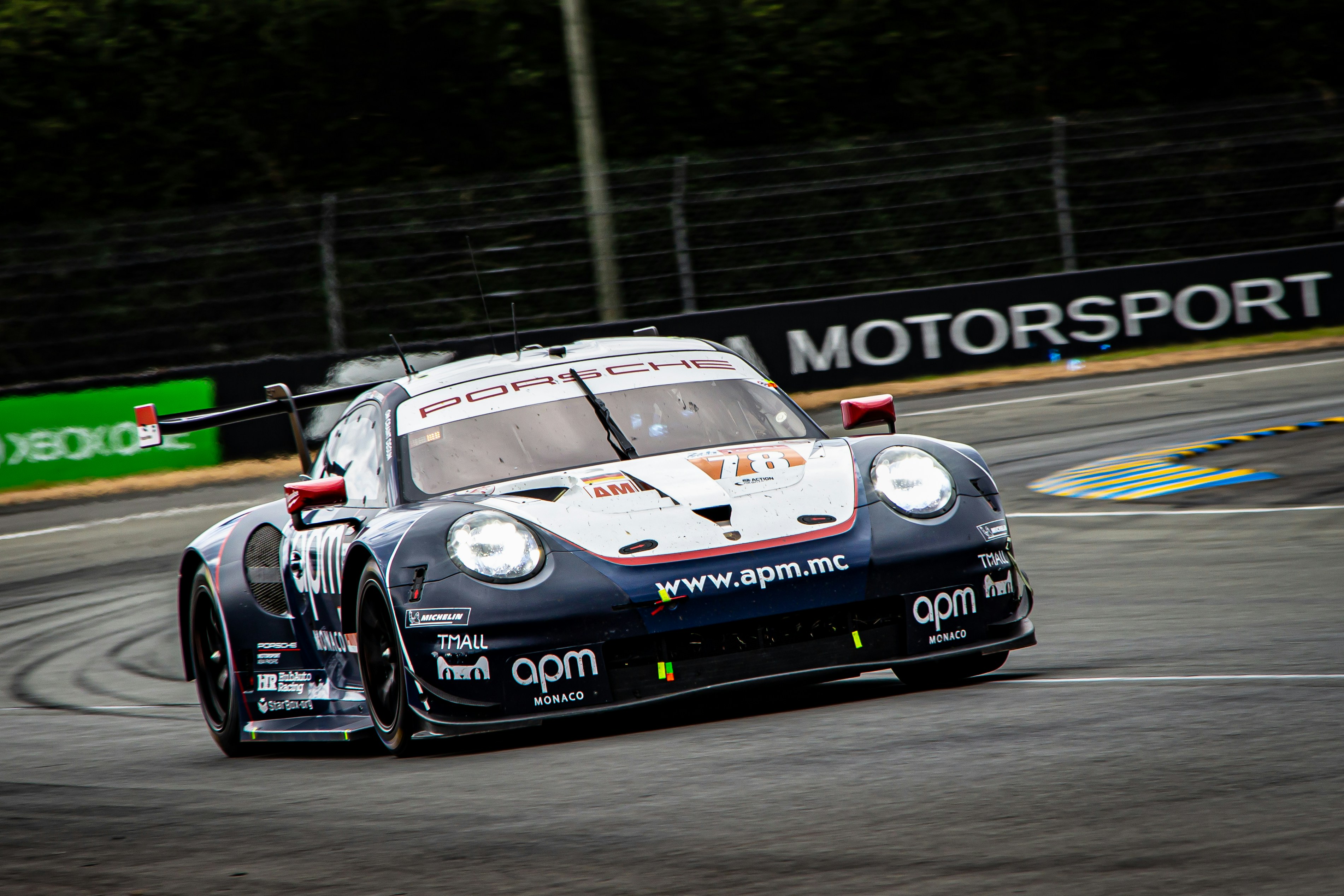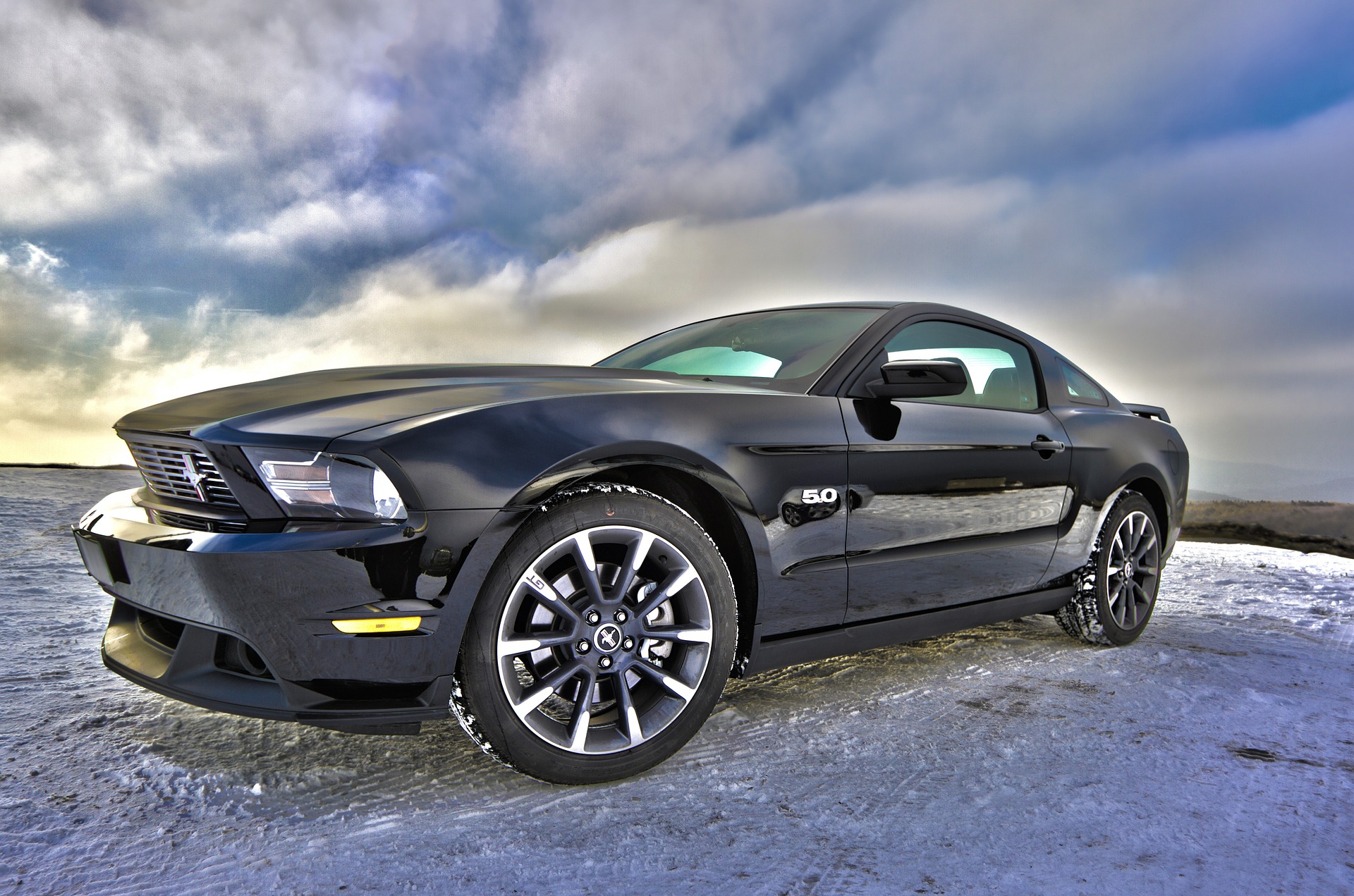Gearing Up for Torque Vectoring: A New Age of Vehicle Control
Introduction: As the world of automotive technology evolves, one innovation is gaining traction—torque vectoring. This technology promises to redefine vehicle control systems, enhancing handling and overall driving experience. But what exactly is torque vectoring, and what does it mean for the future of cars? Let's dive in!

A Look Back: The Genesis of Torque Vectoring
Torque vectoring finds its roots in the complex world of automotive engineering. It is a system initially developed for high-performance sports cars to improve handling and responsiveness. Traditionally, when a car makes a turn, the inside wheels travel less distance than the outside wheels. This differential leads to a disparity in wheel speed, which can affect the car’s stability and control. Enter torque vectoring: a technology designed to correct this imbalance by varying the power sent to each wheel. This technology has evolved over the years, with major automakers like Audi, BMW, and Porsche incorporating it into their vehicles.
The Mechanics of Torque Vectoring
In essence, torque vectoring systems distribute engine torque to each wheel individually depending on the driving conditions. When a car is turning, the system sends more power to the outer wheels, which are covering more ground, and less to the inner wheels. This results in improved cornering, greater stability, and enhanced handling. It’s like having a personal driving instructor, guiding your every move for a smoother, more controlled drive.
Current Trends: Torque Vectoring Goes Mainstream
Once reserved for sports cars, torque vectoring is now making its way into the mainstream. More and more automakers are integrating this technology into their vehicles, not just to enhance performance, but also to improve safety. And while it’s still more common in high-end models, the trend toward standardizing torque vectoring across different car classes is growing.
The Impact of Torque Vectoring
The benefits of torque vectoring extend beyond improved handling and performance. For one, it enhances safety by providing better control in difficult driving conditions, such as on wet or icy roads. Additionally, it can also improve fuel efficiency by optimizing power distribution. However, it’s not without its challenges. The technology adds complexity to the vehicle’s mechanics, potentially increasing maintenance requirements.
Looking Ahead: The Future of Torque Vectoring
As technology progresses, torque vectoring systems are becoming more sophisticated. Some systems now use sensors to anticipate the driver’s actions, adjusting power distribution even before the vehicle turns. It’s clear that as the industry continues to evolve, torque vectoring will play an increasingly significant role in shaping the future of driving.
Torque vectoring represents a new era of automotive technology—one that promises to redefine our driving experience. As we gear up for this exciting future, one thing is clear: the road ahead is anything but predictable.





